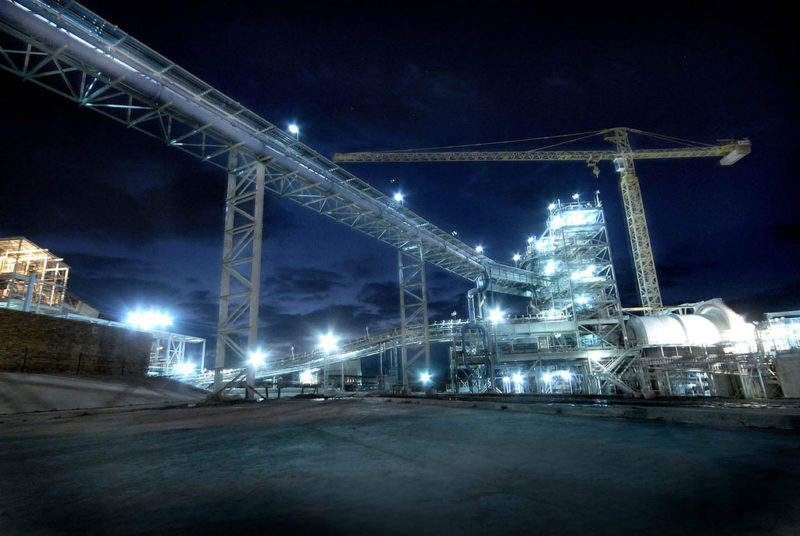
Up to November 2018: Sibanye-Stillwater safety concerns and political change
The South African mining sector has struggled with safety performance for years, with occupational deaths increasing from 73 in 2016 to 81 in 2018, peaking at 90 in 2017. While the sector’s safety performance improved in a number of metrics in 2018, with the number of accidents falling by 12% across all South African operations, there had been growing concern about the safety performance of Sibanye-Stillwater in particular. By July 2018, 20 people had died at the company’s operations, with more than half of the fatalities concentrated in two incidents at its Driefontein and Kloof gold mines.
These safety concerns coincided with two key developments in the South African mining sector. First, the country’s consideration of a new mining charter, with the AMCU pushing for new legislation to hold companies responsible if employees die at their operations, an initiative that soured relations between the union and the companies. Second, Sibanye-Stillwater completed negotiations for new wage deals with its employees across its eight gold and platinum group metals (PGM) operations across the country, agreeing to new pay rates for members of rival unions UASA, Solidarity and the National Union of Mineworkers (NUM).

Discover B2B Marketing That Performs
Combine business intelligence and editorial excellence to reach engaged professionals across 36 leading media platforms.
November 2018: AMCU declares strike at gold operations
Following a breakdown in wage negotiations between the AMCU and Sibanye-Stillwater, the union called for a strike at the company’s gold operations. The union claimed that the company was disadvantaging gold miners, with entry-level gold miners expecting to earn around 40% less than their counterparts at PGM operations, despite the fact that Sibanye-Stillwater’s gold operations contributed 39% to the company’s revenue compared to just 30% from its PGM projects.
However, the AMCU was able to reach an agreement with AngloGold Ashanti, which offered a pay rise of R1,000 ($71) for miners and a 6.5% pay increase for mine officials, suggesting that the union was willing to compromise with regards to wage deals. Perhaps the poor relations between the AMCU and Sibanye-Stillwater built up over the previous months, through political tension and the company’s deals with rival unions, contributed to the breakdown in talks.
January – February 2019: AMCU intensifies activities, and Sibanye-Stillwater responds
In January, with no new wage deal forthcoming, the AMCU stepped up its activities, declaring strike action at Sibanye-Stillwater’s PGM operations. While AMCU members accounted for less than half of the company’s gold employees, the union claimed to have 12,500 of the 17,400 Sibanye-Stillwater PGM workers among its members, and the strike posed a significant threat to the company’s production.
The following month, the union marched on the headquarters of the country’s Minerals Council to demand an increase to miners’ wages that would have more than tripled worker pay. Sibanye-Stillwater then proposed a pay rise of R700 ($49.55) a month, but the AMCU rejected the offer, holding out for an increase of R1,000 ($70.70) a month. By the end of February, around 15,000 AMCU members had downed tools, prompting the company then threaten to cut 6,600 jobs, to try to force employees to return to work.

US Tariffs are shifting - will you react or anticipate?
Don’t let policy changes catch you off guard. Stay proactive with real-time data and expert analysis.
By GlobalDataHowever, accusations of violence marred the strike, with accusations of AMCU members striking illegally, assaulting members of other unions not involved in the strike and shooting dead a member of the NUM. Sibanye-Stillwater ultimately cancelled night shifts at its operations to protect those who crossed the picket line, and while the AMCU denied all allegations of violence, the rumours undermined the group’s credibility. This led to a steady sting of defections from the AMCU, with members put off by the union’s hardline approach, flocking to the rival unions; by the end of February, UASA, Solidarity and the NUM claimed to represent over two-thirds of South African miners.
March – April 2019: New wage deal agreed
The two sides finally began to make headway towards an agreement in March, with the Commission for Conciliation, Mediation and Arbitration, an independent body that works to resolve workplace disputes in South Africa, brokering a deal broadly in line with AMCU demands. While the proposed deal would increase gold miners’ wages, they would still remain lower than PGM workers’ salaries, but the compromise was backed by AMCU members, who were eager to return to work.
The AMCU signed a three-year wage deal, bringing its members in line with salary deals offered to members of the big three other unions, and Sibanye-Stillwater agreed to make additional payments of around R9,000 ($569.16) to striking gold workers.
Beyond April 2019: Threat of de-registration
Following the end of the strike, the South African Government began the process to de-register the AMCU, claiming that it no longer served a genuine purpose in protecting the interests of workers. The country’s registrar of labour relations, Lehlohonolo Daniel Molefe, announced the government’s intention on 25 April, and the union will have until the end of June to argue that it should be allowed to remain in existence. The AMCU has vowed to defend its right to exist, and there are rumours that should it lose its registration as a trade union, it will morph into a political party to continue to campaign for improved working conditions for miners.
Sibanye-Stillwater estimates that it lost more than $100m in production as a result of the strike, and gold output was around 110,000 tonnes lower than expected over the five months. Perhaps both the sector’s companies and the national government fear the influence of a union that ultimately has less than half of the sector’s employees among its members.



